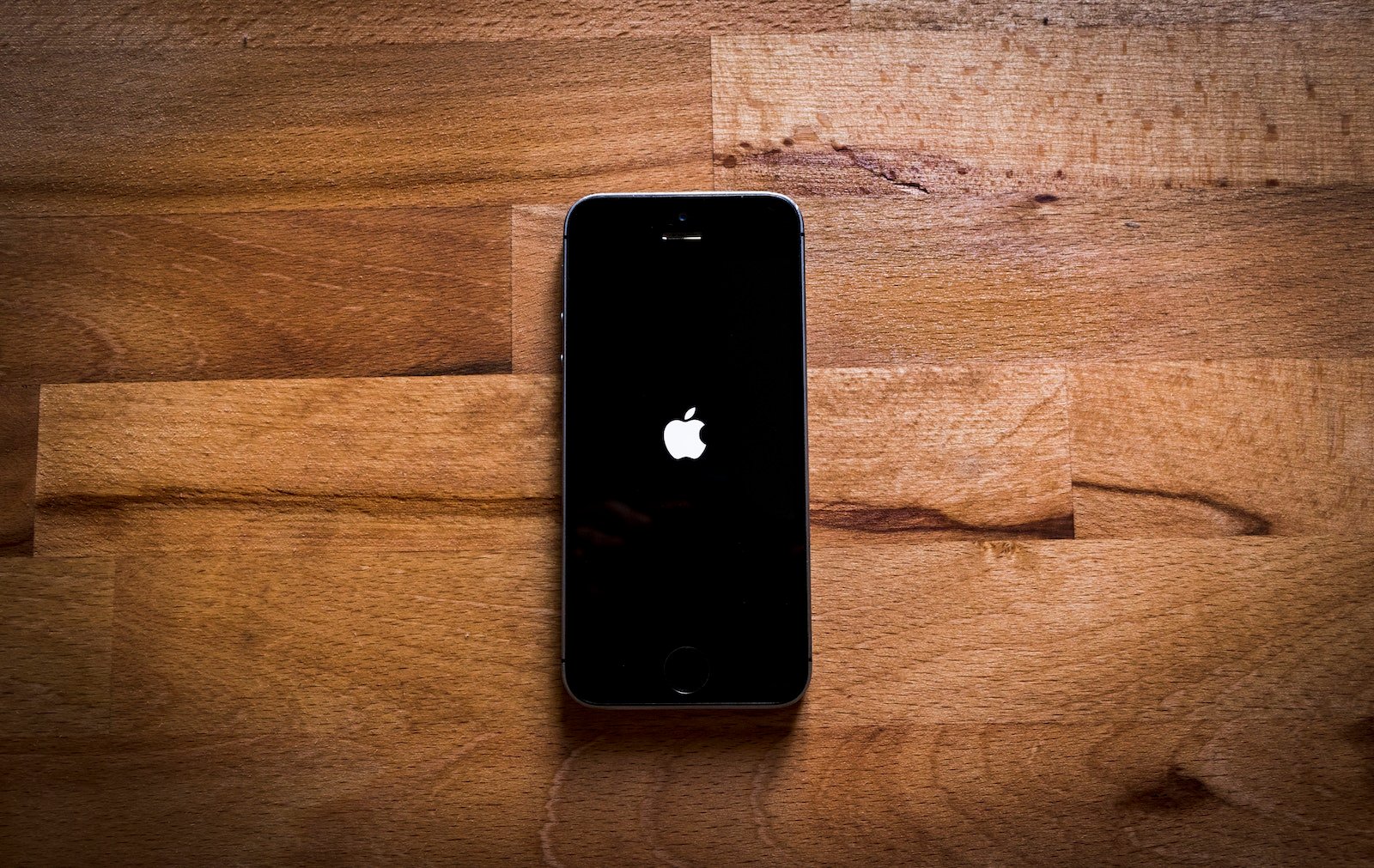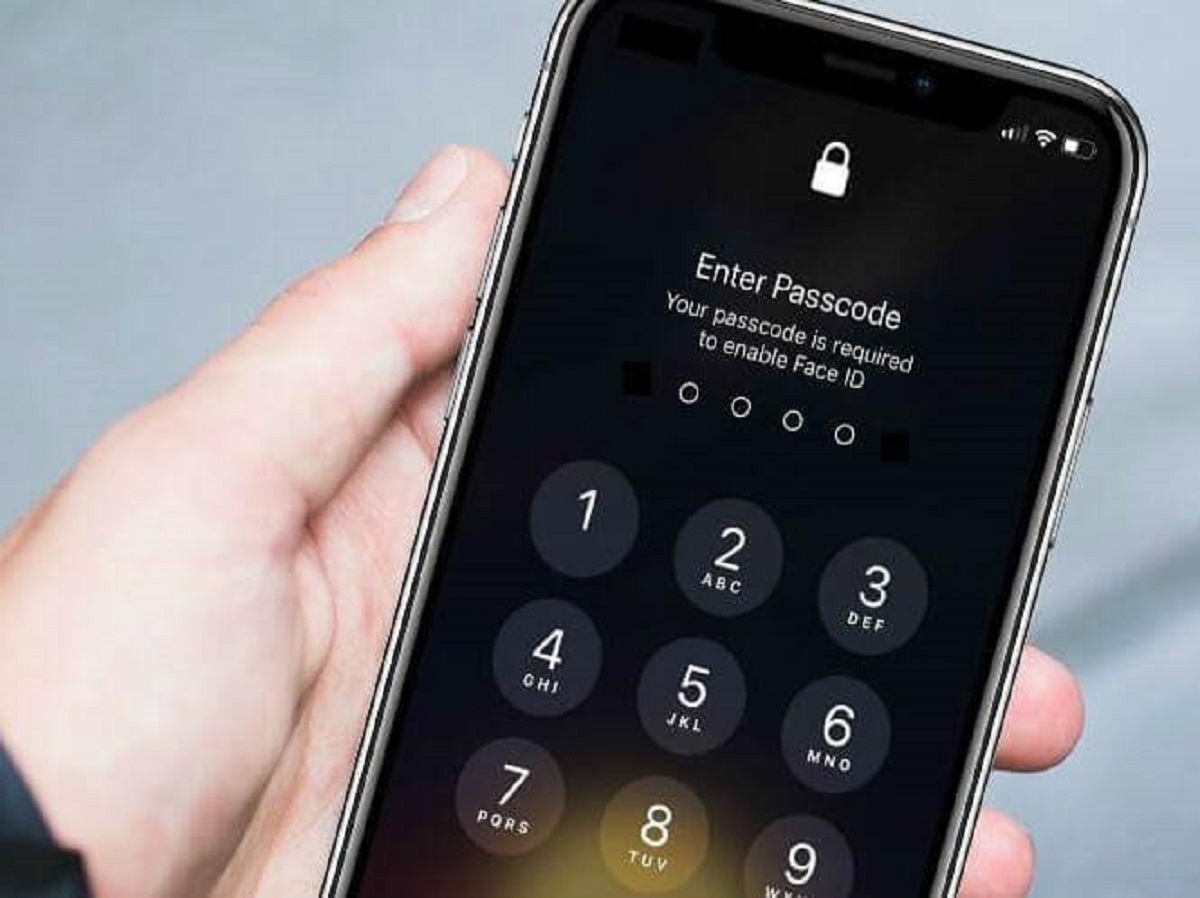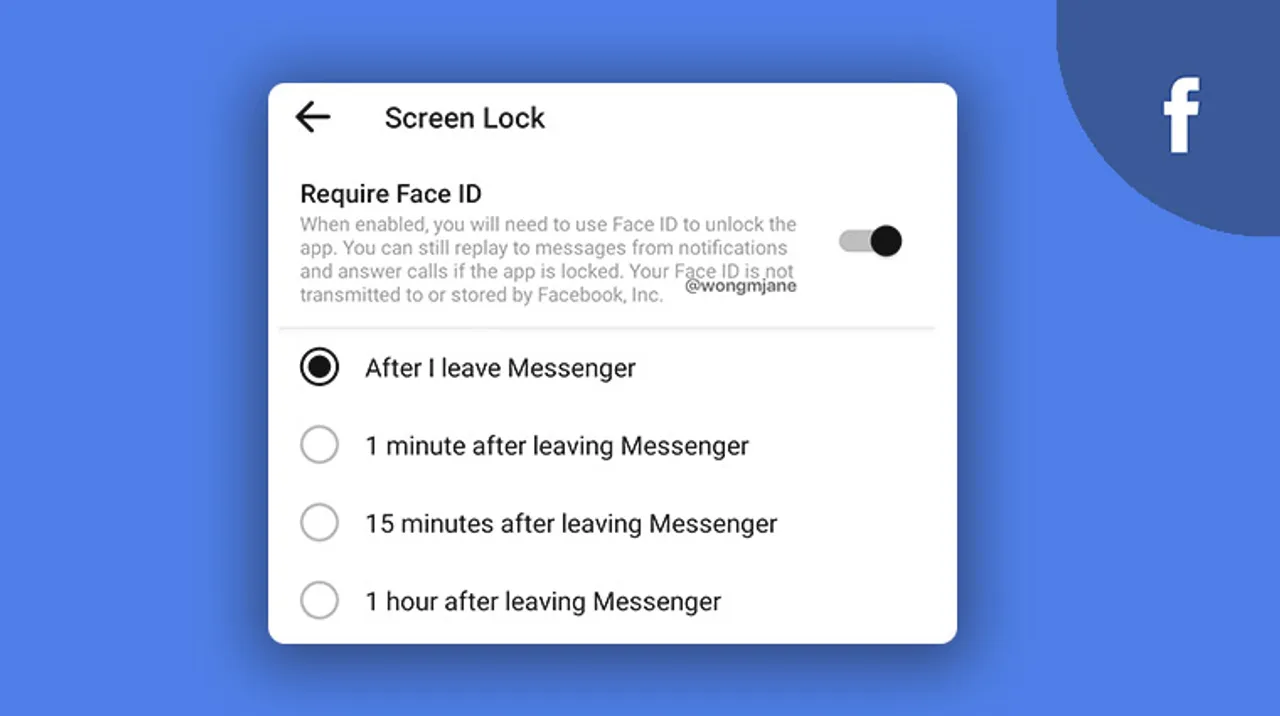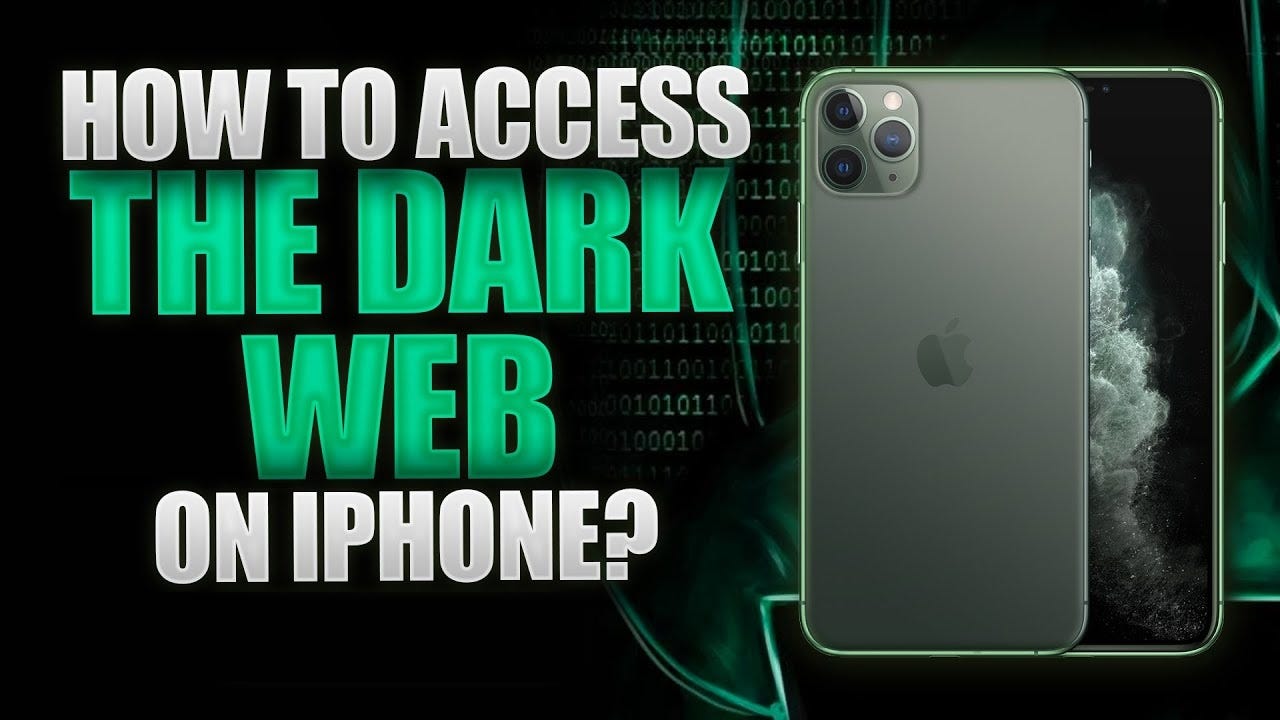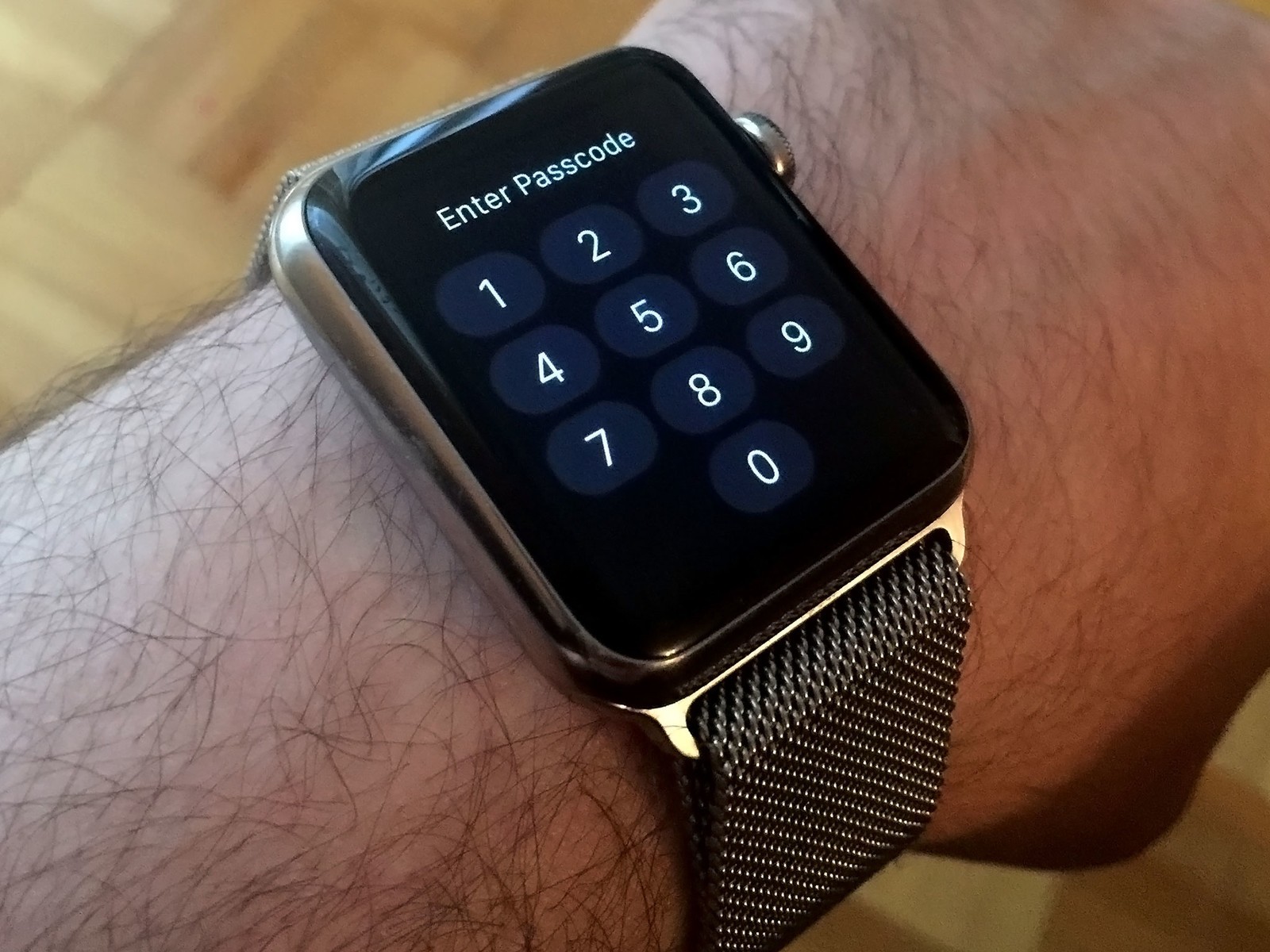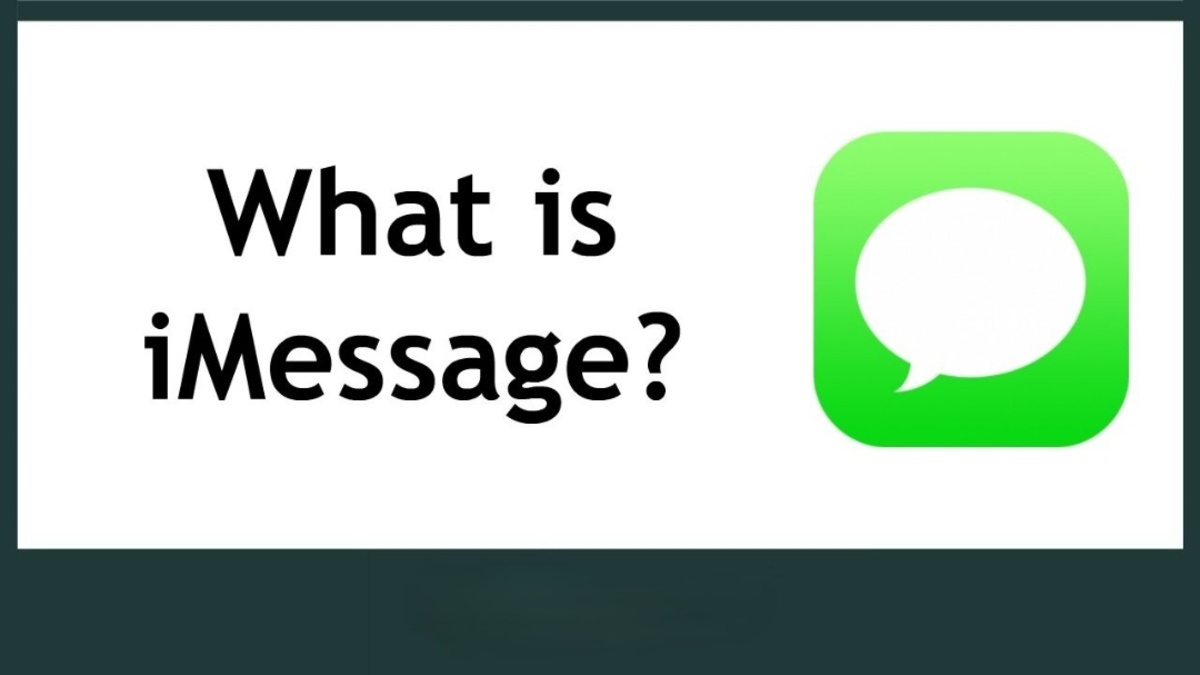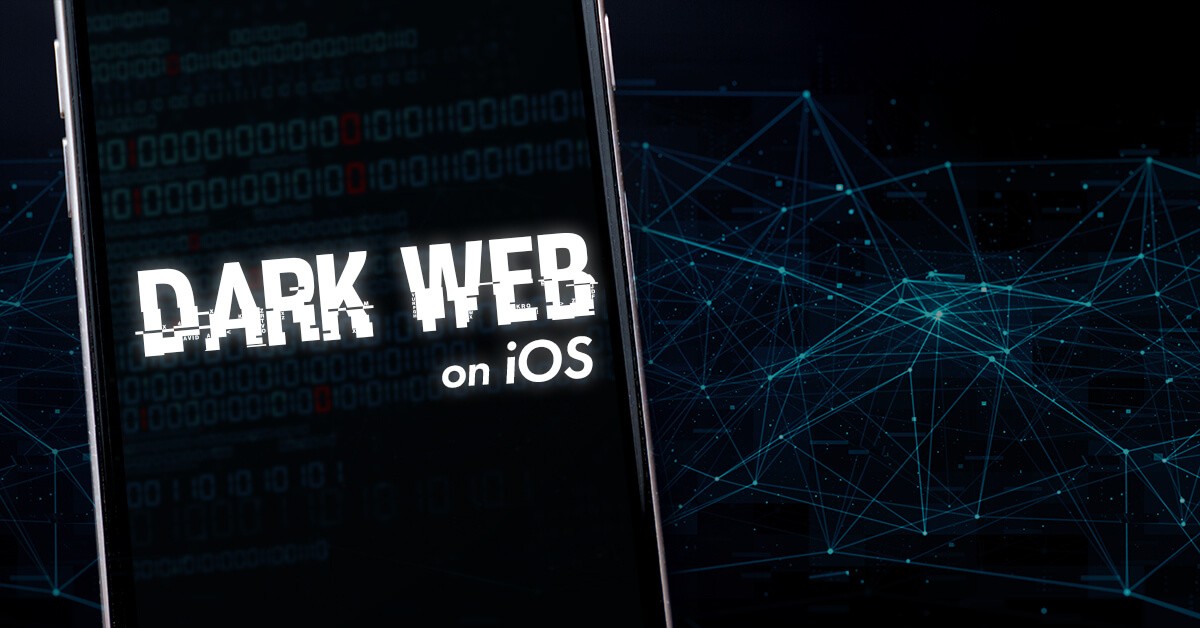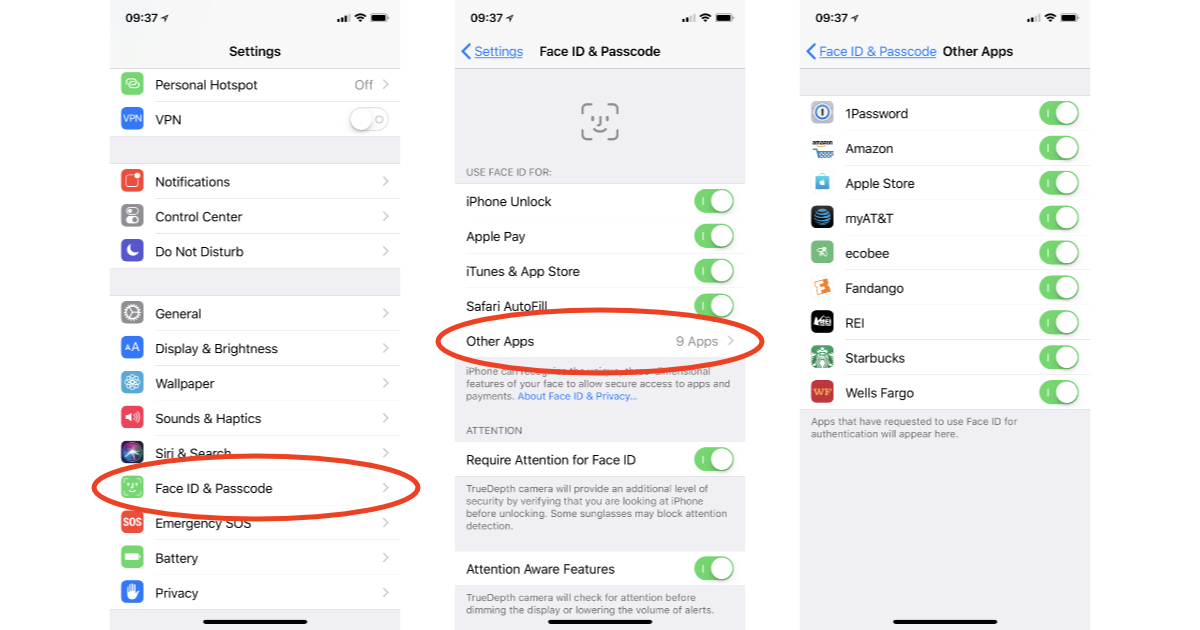Introduction
Smartphones have become an essential part of our lives, serving as a gateway to our personal and sensitive information. With advanced security features like Face ID, the latest iPhones offer enhanced protection against unauthorized access. However, there may be situations where you need to gain access to an iPhone without using Face ID, such as when you forget your passcode or need to retrieve important data from a locked device.
In this article, we will explore various methods to hack into an iPhone without using Face ID. It is important to note that these methods are intended for educational purposes only and should not be used for illegal activities.
Before we delve into the techniques, it’s crucial to understand the risks and legal implications involved in attempting to hack into an iPhone without Face ID. Unauthorized access to someone else’s device is a violation of privacy laws and can lead to severe penalties. It is essential to obtain proper legal permissions and ensure that you have the right to access the device before proceeding with any of the methods discussed.
Now, let’s take a look at some of the methods that can be used to hack into an iPhone without Face ID and the steps involved in implementing them.
Reasons to Hack Into an iPhone Without Face ID
While it is generally not recommended to attempt to hack into an iPhone without proper authorization, there may be legitimate reasons why one would need to bypass Face ID. Here are some scenarios where this might be necessary:
- Forgotten Passcode: One of the most common reasons to hack into an iPhone without Face ID is when the user has forgotten their passcode. This can happen if the passcode is complex or if it hasn’t been used for a while. In such cases, bypassing Face ID can allow users to regain access to their device and personal data.
- Data Recovery: In unfortunate situations like device malfunction, water damage, or accidental deletion, it may be necessary to hack into an iPhone to retrieve important data such as photos, messages, contacts, or documents. Being able to bypass Face ID can be crucial for recovering valuable information.
- Testing Security: Ethical hackers or security professionals may need to test the vulnerabilities of the Face ID system to identify potential weaknesses or improve the security measures. By hacking into an iPhone in a controlled environment, they can assess the effectiveness of Face ID and recommend necessary improvements.
- Device Ownership Verification: In legal and law enforcement scenarios, there might be cases where the ownership of an iPhone needs to be verified or a warrant allows access to the device. In such situations, bypassing Face ID can help investigators gather evidence that is crucial to an ongoing investigation.
It is important to emphasize that these reasons should always be approached within the boundaries of the law and with proper authorization. Unauthorized access to someone else’s device is illegal and can lead to severe consequences.
Now that we have explored the potential reasons behind hacking into an iPhone without Face ID, let’s move on to the methods that can be utilized to achieve this goal. Remember, it is essential to exercise caution and stay within legal boundaries when attempting any of these methods.
Risks and Legal Implications
Before attempting to hack into an iPhone without Face ID, it is crucial to understand the risks and legal implications involved. Unauthorized access to someone else’s device is a violation of privacy laws and can lead to severe consequences.
Engaging in any form of hacking or unauthorized access, even for legitimate reasons, can have serious legal repercussions. The laws surrounding unauthorized access to digital devices and personal information vary from country to country. It is important to familiarize yourself with the laws of your jurisdiction and seek proper legal advice before attempting any of the methods discussed in this article.
In addition to legal risks, there are also technical risks involved in hacking into an iPhone without Face ID. It is important to remember that the methods discussed here may not work on all iPhone models or software versions. Apple constantly releases updates and security patches to address vulnerabilities, so a method that worked in the past may be rendered ineffective by newer software updates.
Attempting to bypass Face ID can also result in unintended consequences, such as data loss or permanent damage to the device. It is essential to proceed with caution and understand the potential risks involved before attempting any of the methods outlined in this article.
If you are considering hacking into an iPhone without Face ID for legitimate reasons, it is recommended to consult with a professional ethical hacker or seek assistance from law enforcement agencies. They can provide guidance on the proper legal procedures to follow and ensure that your actions remain within the boundaries of the law.
Always remember to respect the privacy and rights of others when dealing with digital devices. Unauthorized access can lead to serious breaches of privacy and may cause harm to individuals or organizations. It is important to pursue any hacking activities responsibly and ethically.
Now that we are aware of the risks and legal implications, let’s explore some of the methods that can be used to hack into an iPhone without Face ID.
Method 1: Using Passcode Attempts
One of the simplest methods to hack into an iPhone without Face ID is by using the passcode attempts. This method takes advantage of the iOS security feature that temporarily disables the device for a certain period of time or erases all data after multiple incorrect passcode attempts.
To begin, follow these steps:
- Enter an incorrect passcode: On the locked screen, try entering an incorrect passcode multiple times. The iPhone will automatically impose a time delay between each attempt and increase the delay with subsequent attempts.
- Wait for the device to disable: Continue entering incorrect passcodes until the device disables itself. The time delay between each attempt will gradually become longer. Eventually, you will see a message stating that the iPhone is disabled, and you may have to wait for a specified amount of time.
- Re-enable the iPhone: After the disabled period has passed, you can re-enable the iPhone by entering the correct passcode or by using Touch ID if available.
While this method can be effective in some cases, it is important to note that it may not work on newer iPhone models or software versions. Apple constantly updates their security measures to prevent unauthorized access, so this method may be less reliable with the latest devices.
It is also crucial to keep in mind that using passcode attempts to hack into an iPhone without Face ID is time-consuming and may result in the loss of data. Once the device is disabled, you may be prompted to erase all data and settings, which will result in the permanent loss of any unsaved data.
Proceed with caution when using this method and ensure that you have proper legal authorization to access the device. Unauthorized attempts to bypass security measures can have severe legal consequences.
Now that we have examined the first method, let’s move on to the next technique: using Siri to bypass Face ID.
Method 2: Using Siri to Bypass Face ID
Siri, Apple’s virtual assistant, can sometimes be used to bypass Face ID and gain access to an iPhone. This method takes advantage of Siri’s functionality to access certain features and settings even when the device is locked.
Follow these steps to use Siri to bypass Face ID:
- Activate Siri: Press and hold the Home button or use the “Hey Siri” voice command to activate Siri on the locked iPhone.
- Ask Siri for the time: Once Siri is activated, ask it for the current time. Siri will display the time on the lock screen along with various app suggestions.
- Tap on the Clock app: Tap on the Clock app displayed on the lock screen, which will bring up the World Clock interface.
- Add a new clock: In the World Clock interface, tap on the “+” icon to add a new clock.
- Type a random city name: When prompted to enter a city name, enter any random text or word and select it.
- Tap on “Select All” and “Share”: After selecting the random city name, tap on “Select All” and then choose the “Share” option from the popup menu.
- Choose the Messages app to share: In the sharing menu, select the Messages app to share the selected text.
- Compose a new message: In the Messages app, tap on the “New Message” button to compose a new message.
- Enter a recipient: In the recipient field, type any random text or word.
- Tap on the “+” icon to add an attachment: Tap on the “+” icon to add an attachment to the message.
- Choose the Photos app to access the photo library: In the attachment options, select the Photos app, which will allow you to access the photo library of the device.
- Browse and access the device’s data: Once in the Photos app, you can browse through the photo library and access various data stored on the device.
It’s important to note that this method may not work on all iPhone models or software versions. Apple regularly updates their security measures to patch vulnerabilities, and newer devices may have additional security features that prevent Siri from bypassing Face ID.
Additionally, Siri’s functionality may vary depending on the device’s settings and restrictions set by the user. It is always recommended to ensure that Siri is properly configured before attempting this method.
Remember, unauthorized access to someone else’s device is illegal and can result in severe legal consequences. This method should only be used for educational purposes or with proper legal authorization.
Now that we have explored the second method, let’s move on to the next technique: using Emergency SOS to bypass Face ID.
Method 3: Using Emergency SOS
Another method that can be used to bypass Face ID on an iPhone is by utilizing the Emergency SOS feature. This feature is designed to quickly call emergency services and can also be leveraged to gain access to a locked iPhone under certain circumstances.
Follow these steps to use Emergency SOS to bypass Face ID:
- Activate Emergency SOS: On the lock screen of the iPhone, rapidly press the Side or Power button five times or press and hold the Side or Power button along with either Volume button simultaneously. This action will activate the Emergency SOS screen.
- Slide the Emergency SOS slider: On the Emergency SOS screen, slide the Emergency SOS slider to call emergency services. Alternatively, after activating Emergency SOS, continue pressing the Volume Down button (or Sleep/Wake button) until the “Slide to Power Off” screen appears. This will also bypass Face ID.
- Cancel the emergency call: Once the emergency call is initiated, you can immediately cancel it by pressing the “Cancel” or “End Call” button. This will bring you back to the lock screen, with access to the device’s apps and features.
It’s important to note that the Emergency SOS method may not work on all iPhone models or software versions. The functionality of this feature may vary depending on the device’s settings and the configured emergency contacts.
Additionally, using Emergency SOS to bypass Face ID should only be done in emergency situations or with proper legal authorization. Unauthorized access to someone else’s device is illegal and can result in severe legal consequences.
Always exercise caution and respect the privacy and rights of others when attempting to use Emergency SOS for device access.
Now that we have explored the third method, let’s move on to the next technique: using iTunes to remove Face ID.
Method 4: Using iTunes to Remove Face ID
If you have previously synced your iPhone with iTunes on a trusted computer, you can use this method to remove Face ID and gain access to your device. This method involves restoring the iPhone using iTunes, which will erase all data on the device.
Follow these steps to use iTunes to remove Face ID:
- Connect your iPhone to your computer: Use a USB cable to connect your locked iPhone to a computer that you have previously synced with iTunes.
- Open iTunes: Launch the iTunes application on your computer. If iTunes does not open automatically, you can manually open it from the Start menu (Windows) or the Applications folder (Mac).
- Put your iPhone in recovery mode: Depending on your iPhone model, the method to enter recovery mode may vary. Refer to the Apple support website for instructions specific to your device. Once in recovery mode, you will see a message on your computer screen indicating that your device needs to be restored.
- Restore your iPhone: In iTunes, click on the “Restore” button to initiate the restoration process. This will erase all data on your iPhone, including Face ID settings.
- Set up your iPhone: Once the restoration process is complete, you can set up your iPhone as a new device or restore from a backup if you have one available.
It’s important to note that using iTunes to remove Face ID will erase all data on your iPhone. Therefore, it is crucial to have a backup of your data before proceeding with this method. Additionally, this method requires you to have previously synced your iPhone with iTunes on a trusted computer.
Remember, always exercise caution when performing actions that may result in data loss. Make sure you have proper legal authorization to access the device before using this method.
Now that we have explored the fourth method, let’s move on to the next technique: using facial recognition spoofing tools.
Method 5: Using Facial Recognition Spoofing Tools
Facial recognition spoofing tools are specialized software or hardware that can be used to trick Face ID and bypass the facial recognition authentication on an iPhone. These tools exploit vulnerabilities in the facial recognition system and simulate the user’s face to gain unauthorized access to the device.
It’s important to note that using facial recognition spoofing tools to bypass Face ID is a complex and sophisticated method. It typically requires advanced technical knowledge and access to specialized tools. Additionally, this method may be illegal and unethical, depending on the jurisdiction and the intended purpose of bypassing Face ID.
We strongly discourage the use of facial recognition spoofing tools for unauthorized access to an iPhone or any other device. Doing so can have serious legal consequences, and it violates the privacy and security of the device owner.
This method is mentioned here to raise awareness about the potential vulnerabilities of facial recognition technology. It serves as a reminder for device manufacturers, individuals, and organizations to remain vigilant and take necessary measures to ensure the security and privacy of their devices.
It is crucial to keep your iPhone updated with the latest software patches and security updates to mitigate the risks posed by potential vulnerabilities in Face ID. Regularly check for software updates provided by Apple and promptly install them to enhance the security of your device.
If you suspect that your iPhone’s Face ID has been compromised or if you encounter any suspicious activity, contact Apple Support or a trusted security professional for assistance.
Now that we have explored all the methods, it is important to reiterate the need to use these techniques responsibly and within the boundaries of the law.
Conclusion
Gaining unauthorized access to an iPhone without using Face ID is a complex and potentially illegal endeavor. While there may be legitimate reasons to bypass Face ID, such as forgotten passcodes or data recovery, it is crucial to exercise caution and obtain proper legal authorization before attempting any of the methods discussed in this article.
We have explored various methods that can be used to hack into an iPhone without Face ID, including using passcode attempts, leveraging Siri, utilizing Emergency SOS, using iTunes to remove Face ID, and the potential risks associated with facial recognition spoofing tools.
Throughout this article, we have emphasized the importance of respecting privacy and following legal guidelines. Unauthorized access to someone else’s device is illegal and can result in severe legal consequences.
If you find yourself in a situation where you need to bypass Face ID on your own iOS device, we recommend contacting Apple Support or seeking assistance from a professional authorized service provider. They can guide you through proper procedures and ensure that you gain access to your device legally and without compromising your privacy or violating any laws.
Remember, the security measures implemented by Apple, such as Face ID, are meant to protect your personal information. It is crucial to maintain strong passwords or passcodes, keep your device updated with the latest software patches, and enable two-factor authentication for an added layer of security.
By using your iPhone responsibly and respecting the boundaries of privacy and security, you can enjoy the benefits of modern technology without compromising your own or others’ safety.







